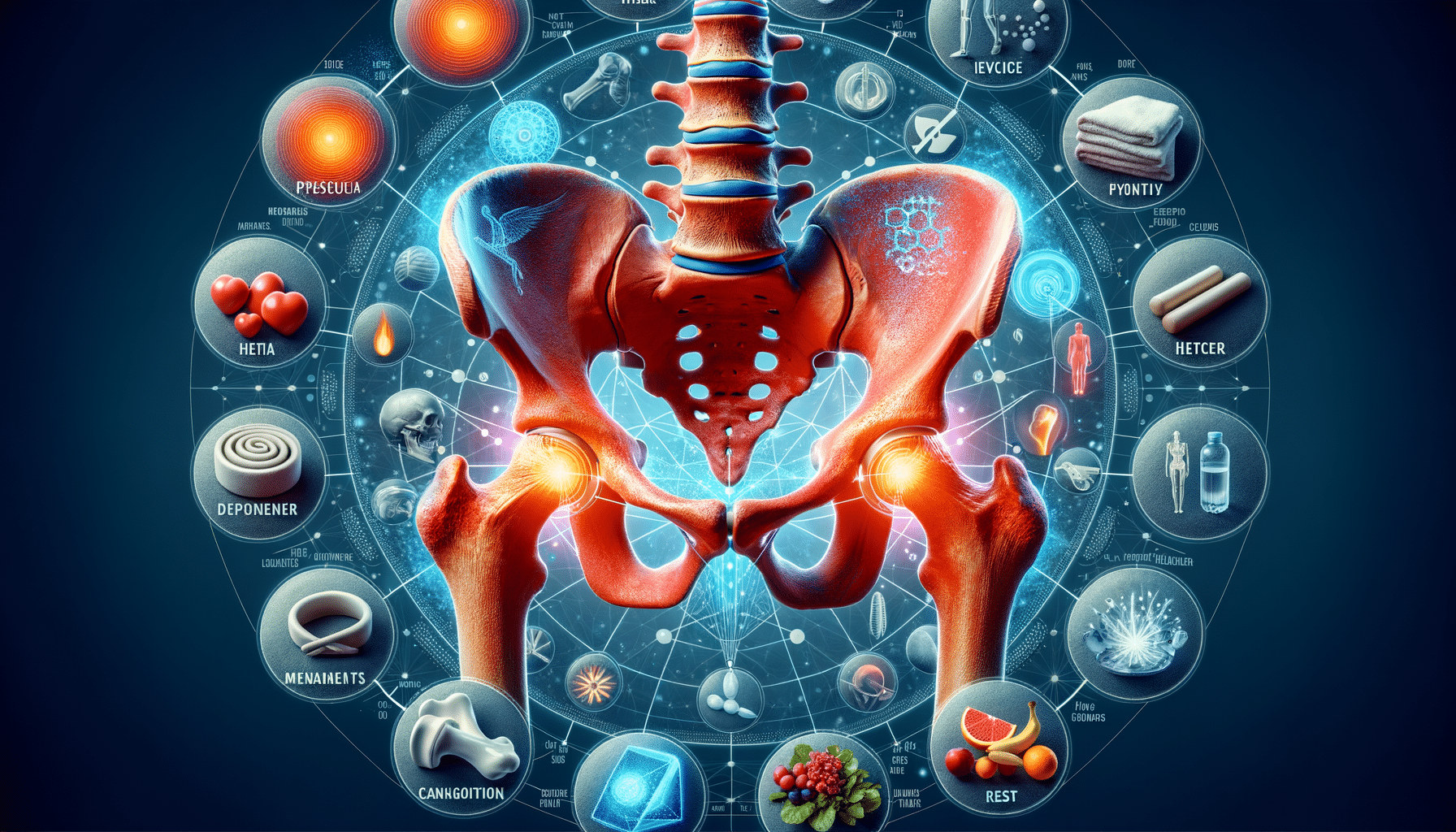Explore Effective Ways to Manage Hip Pain
Hip pain treatment focuses on relieving discomfort through targeted therapy, exercise, and lifestyle adjustments. Simple at-home approaches—such as gentle stretching, heat or ice therapy, and maintaining a healthy weight—may help improve flexibility and ease pain. With the right care, individuals can support their mobility and overall well-being.

Understanding the Causes of Hip Pain
Hip pain can be an unwelcome companion, affecting daily activities and overall quality of life. Understanding its origins is the first step toward effective management. The hip joint, a marvel of engineering, bears the weight of the body and allows for a wide range of motion. However, its complexity makes it susceptible to various ailments.
Common causes of hip pain include arthritis, bursitis, and injuries such as fractures or dislocations. Arthritis, particularly osteoarthritis, is a leading cause, characterized by the degeneration of cartilage and resulting in pain and stiffness. Bursitis, the inflammation of fluid-filled sacs that cushion the hip joint, can occur from repetitive motion or prolonged pressure. Injuries, on the other hand, may result from falls or accidents, leading to acute pain and mobility issues.
Understanding these causes helps in tailoring treatment plans. For instance, arthritis may require anti-inflammatory medications and physical therapy, while fractures might need surgical intervention. Recognizing the specific cause of hip pain is crucial for effective relief and improved quality of life.
Non-Surgical Treatment Options
For many, non-surgical treatments offer significant relief from hip pain. These methods focus on reducing pain and inflammation while improving joint function. Physical therapy is often a cornerstone of treatment, involving exercises designed to strengthen the muscles around the hip, improving stability and reducing strain on the joint.
Medications such as non-steroidal anti-inflammatory drugs (NSAIDs) can help manage pain and swelling. In some cases, corticosteroid injections are administered to provide more targeted relief. These injections are typically used when other treatments have not provided adequate relief.
Lifestyle modifications are also crucial. Maintaining a healthy weight can reduce stress on the hip joint, while regular low-impact exercises like swimming or cycling can enhance mobility without exacerbating pain. These non-surgical options often provide substantial relief and can delay or even eliminate the need for surgical intervention.
Surgical Interventions for Hip Pain
When non-surgical treatments fail to provide adequate relief, surgical options may be considered. These procedures aim to restore function and alleviate pain, with various techniques available depending on the underlying cause of the pain.
Hip replacement surgery is one of the most common procedures, especially for those with severe arthritis. This involves replacing the damaged hip joint with an artificial one, significantly improving mobility and reducing pain. For fractures, hip pinning or partial hip replacement might be necessary to stabilize the joint and promote healing.
Arthroscopic surgery is another option, particularly for those with labral tears or impingement. This minimally invasive procedure allows surgeons to repair or remove damaged tissue with small incisions, leading to quicker recovery times. While surgery can be daunting, it often provides significant and lasting relief for those with chronic hip pain.
Exercises and Stretches for Hip Pain Relief
Engaging in regular exercises and stretches can be a powerful tool in managing hip pain. These activities aim to increase flexibility, strengthen muscles, and enhance joint function, providing a natural way to alleviate discomfort.
Gentle stretching exercises, such as the hip flexor stretch or the piriformis stretch, can help reduce tension in the hip area. Strengthening exercises, including leg raises and bridges, target the muscles supporting the hip joint, improving stability and reducing pain.
Incorporating these exercises into a daily routine can make a significant difference. It’s important to start slowly and gradually increase intensity, ensuring that exercises do not exacerbate pain. Consulting with a physical therapist can provide personalized guidance and ensure exercises are performed correctly and safely.
Preventive Measures and Lifestyle Adjustments
Preventing hip pain involves a combination of lifestyle adjustments and proactive measures. Maintaining a healthy weight is paramount, as excess body weight places additional stress on the hip joints. A balanced diet rich in nutrients supports overall joint health and aids in weight management.
Regular exercise, particularly low-impact activities like walking, swimming, or cycling, helps maintain joint flexibility and strength. It’s essential to incorporate a mix of aerobic, strength, and flexibility exercises to support hip health.
Additionally, paying attention to posture and ergonomics can prevent unnecessary strain on the hips. Using supportive footwear and avoiding prolonged sitting can also contribute to hip health. By adopting these preventive measures, individuals can reduce the risk of hip pain and improve their overall quality of life.